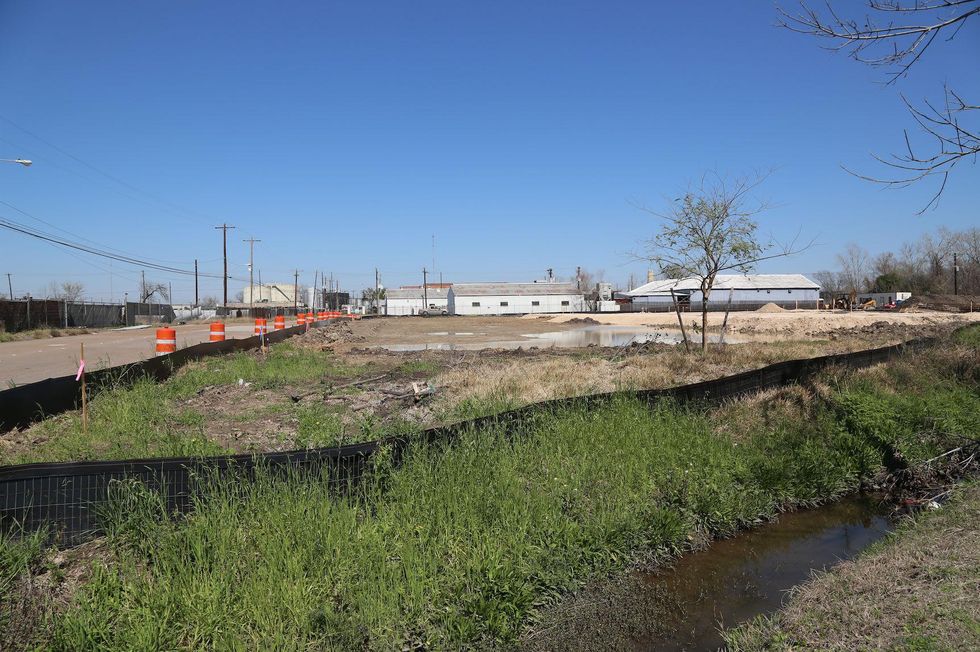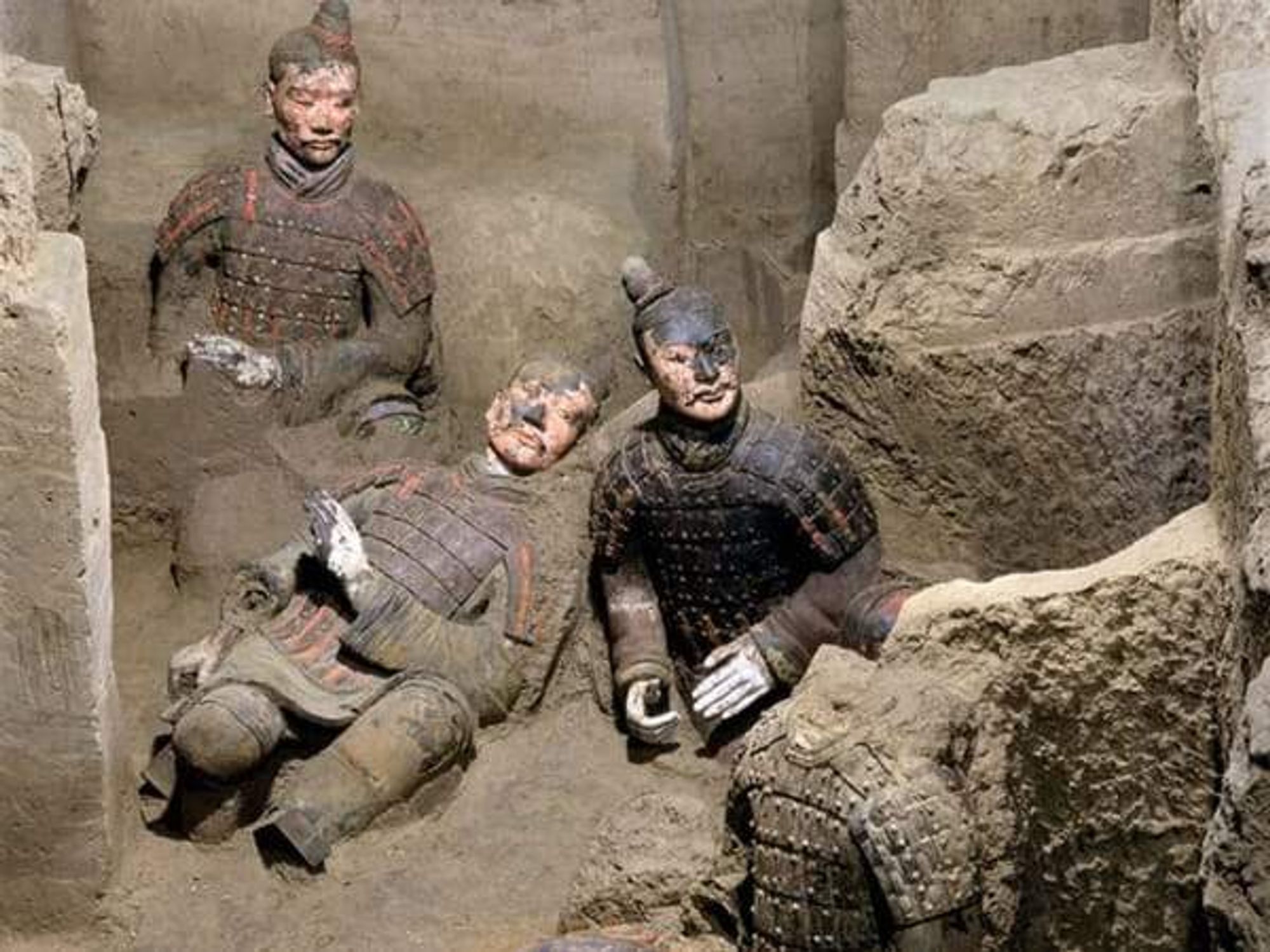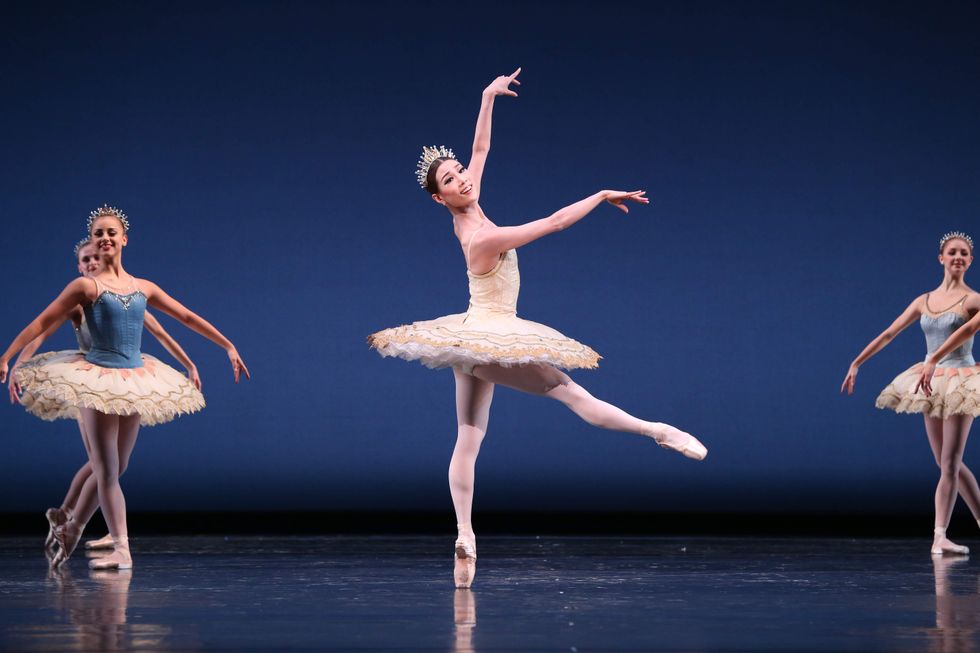Dead Dogs Controversy
Art for dead dogs? $86,000 BARC beautification project creates a furor as art is funded amid shelter's killing
A proposed Houston Arts Alliance civic art project designed to beautify BARC Adoption and Animal Shelter's future building has some people hissing, questioning whether the use funds is appropriate considering the number of animals euthanized in the city's pound.
With a budget of more than $86,000, the Houston Arts Alliance will underwrite the design, fabrication, installation and engineering of an original work by a professional artist living and working in Texas (a call for submissions closes on Friday). Taking into account the reported 14,700 animals killed or lost at BARC in 2012, many are questioning whether monies should be allocated to more directly offset a problem that one rescue group has labeled "Houston's dirty little secret."
Advocates estimate that the Houston region euthanizes 85,000 animals a year, according to the Chronicle. In comparison to the outrage expressed when Sochi officials killed 300 dogs in preparation for the 2014 Winter Olympics, Houston residents have remained relatively silent.
To some, the art project comes across as being absurd in spirit as it seems to ignore the larger problem: Houston's 600,000 to 1.2 million stray dogs and cats.
"There's merit in the art community standing up for the type of city we want. I think artists, just like any other citizens, have a responsibility to be mindful of what we're supporting."
Call it Auschwitz, Houston International Festival CEO and president Kim Stoilis fired off in a private Facebook thread at artist Reginald Adams' suggestion that the public art piece pays "homage to all the cats and dogs that have passed through the doors of BARC."
"We need to establish the type of culture and city we want to live in and I want a no kill, spay/neuter based program for Houston," Stoilis writes, noting that the work should address this social issue. "Artists have a responsibility to do the right thing."
Jenni Rebecca Stephenson, executive director of Fresh Arts, is concerned that a project of this scope will not kindle goodwill toward publicly funding future art projects.
"Let's also not forget how Houston taxpayers felt about conceptual art in water treatment plants back in 2008," Stephenson wrote in the Facebook thread. "I think there's merit in the art community standing up for the type of city we want. I think artists, just like any other citizens, have a responsibility to be mindful of what we're supporting."
Stephenson, and Houston's art cognoscenti in fact, will never forget investigative reporter Wayne Dolcefino's 2008 four-part series of sensationalist exposes in which he referred to art in the Water Treatment Laboratory as "art in the poop plant." Dolcefino, at the time employed by KTRK Ch. 13, accused the Houston Arts Alliance for mismanaging public funds.
However inaccurate and one-sided Dolcefino's claims may have been, his message did sway public opinion.
Follow The Money
The funds for the BARC public art project will be drawn from a City of Houston ordinance that requires that 1.75 percent of capital improvement project budgets for certain city buildings be set aside to commission and maintain public art. These monies have been used to commission works such as Dixie Friend Gay's mosaic at George Bush International Airport; Mel Chin's Seven Wonders, which are seven 70-foot columns located adjacent to Wortham Theater Center; and the late Bert Long Jr.'s Art/Life mural at Looscan Neighborhood Library.
Hoston Arts Alliance president and CEO Jonathon Glus explains that funds from the 1.75 percent civic art mandate within the capital improvement program are set aside for artwork as outlined in the civic art ordinance that created the program in the 1990s.
"The monies can not be diverted to another use from art, just as construction monies can not be diverted for another use," Glus says. "The ordinance is based on a Texas state statute that allowed for the city to include the civic art monies in bonds. The bond language is restrictive in that the monies can only be used for art, and only within the department that generated the funds."
"We have to face the fact that we are marking a product, a product that happens to be precious souls."
The mandate is applied to vertical construction projects — meaning, it does not apply to roads, sewers, park trails and other horizontal projects and maintenance upgrades — valued at more than $500,000.
The Debate
The purpose and location of the BARC public art project has yet to be determined. Houston Arts Alliance staff will meet with key stakeholders, such as the architect, design team, building users and community leaders.
Salise Shuttlesworth, executive director of no-kill animal adoption and rescue shelter Friends for Life, says that investing in beautifying a shelter isn't a black and white issue.
"We are always concerned about creating an environment so families feel comfortable visiting and spending time at animal shelters, which increases adoption rates," Shuttlesworth explains. "We have to face the fact that we are marking a product, a product that happens to be precious souls. At Friends for Life we strive to create a beautiful environment.
"But can we do it for less? Sure we can. Spending that much on that would never fly in this organization."
Shuttlesworth says that her shelter could fully vaccinate 14,238 dogs or 41,951 cats with those funds. Through Friends for Life's current partnership with BARC that brings veterinary services to low income areas, the cost of 1,911 cat spays or 2,457 cat neuters could be underwritten.
Funds could be redirected, for example, toward a recent initiative by Rescued Pets Movement in partnership with BARC that has shipped thousands of dogs and cats to markets where the demand for adoptable animals is higher than the current supply, an effort that saw euthanasia rates at BARC drop to record lows in recent months. This venture is at risk of folding due to lack of financial support.
If we believe that art has the ability to inspire and transform, can an appropriate art installation at BARC, in its quest to create one of the "greatest animal shelters and adoption centers in North America," have an effect on Houston's stray animal crisis? Or is this public art project under these dire animal circumstances just in bad taste?







